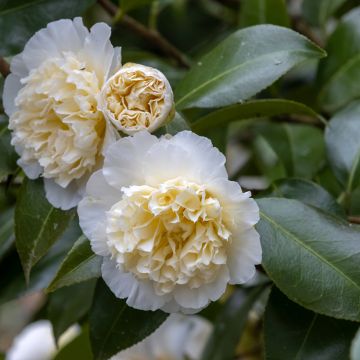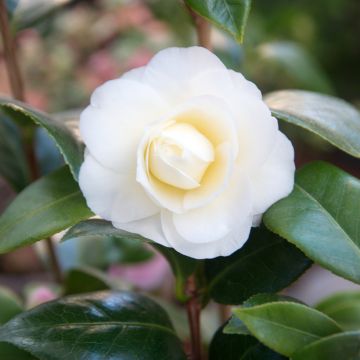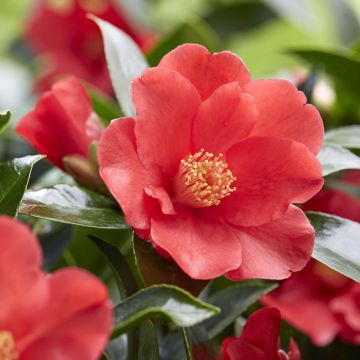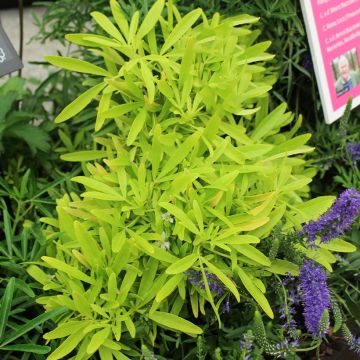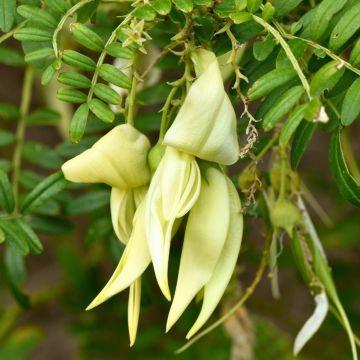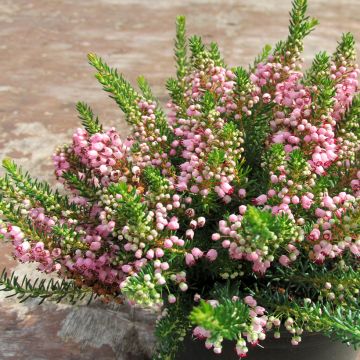Shipping country and language
Your country of residence may be:
Your country of residence is:
For a better user experience on our website, you can select:
Your shipping country:
Andorra
Austria
Belgium
Bulgaria
Canada
Chile
Croatia
Cyprus
Czechia
Denmark
Estonia
Finland
France
Germany
Greece
Hungary
Iceland
Ireland
Italy
Latvia
Lithuania
Luxembourg
Malta
Monaco
Netherlands
Poland
Portugal
Romania
Slovakia
Slovenia
Spain
Sweden
Switzerland
United Kingdom
We only deliver seed and bulb products to your country. If you add other products to your basket, they cannot be shipped.
Language:
French
German
Spanish
English
My Account
Hello
My wish lists
Plantfit
Log in / Register
Existing customer?
New customer?
Create an account to track your orders, access our customer service and, if you wish, make the most of our upcoming offers.


Camellia Botanyuki
Camellia Botanyuki
Camellia Botanyuki
Japanese Camellia, Rose of winter
Thank you for this magnificent young camellia received in great freshness. With the tips on "how to fail with your camellias", I was able to plant it properly.
Anne-Marie, 28/08/2019
Why not try an alternative variety in stock?
View all →Order in the next for dispatch today!
Dispatch by letter from €3.90.
Delivery charge from €5.90 Oversize package delivery charge from €6.90.
More information
This item is not available in your country.
Schedule delivery date,
and select date in basket
This plant carries a 24 months recovery warranty
More information
We guarantee the quality of our plants for a full growing cycle, and will replace at our expense any plant that fails to recover under normal climatic and planting conditions.
From €5.90 for pickup delivery and €6.90 for home delivery
Express home delivery from €8.90.

Does this plant fit my garden?
Set up your Plantfit profile →
Description
An evergreen shrub with a dense, bushy and upright habit, Camellia Botanyuki is a variety with very small cream-white flowers with salmon undertones, and shiny dark green foliage.
Of medium size, Camellia Botanyuki grows to around 1m (3ft) in both height and width. Its semi-double peony-shaped flowers have a diameter of 8cm and are composed of 13 to 20 petals. The floral buds are peachy pink, turning cream-white with salmon undertones. The flowering period is quite early, from February to April. Its leaves are dark green and shiny, of ovoid shape, rigid and alternate on short petioles. The lamina is elliptical and oblong, measuring from 5 to 12cm (2 to 5in) in length and from 2.5 to 6cm (2.4in) in width. The undersides of the leaves are pale green with brown spots.
Hardy down to -15°C, Camellia Botanyuki thrives in a light, humus-rich soil, preferably acidic. Pure ericaceous soil is not recommended for it, but adding leaf compost will be greatly appreciated. Avoid poorly drained areas and make sure the soil is limestone-free. In mild and humid climates it can tolerate all exposures; in very sunny and dry climates it is best to plant it in partial shade or dappled shade. Camellia Botanyuki appreciates sheltered locations away from strong winds and spring frosts. Planting it at the base of a wall or fence usually yields good results. To keep the soil moist and protect the roots from excessive heat, it is advisable to apply a layer of mulch around the base of the bush.
To keep it company, plant in a bed alongside other acid-loving plants such as rhododendrons, azaleas, hydrangeas or viburnums. Or else as a standalone specimen on a lawn, in a pot on the terrace, or in the shade of large trees. Planting euphorbias or hellebores at the base of camellias will be appreciated in winter.
The name Camellia was given to the plant in 1735 by the Swedish naturalist Carl Linnaeus, in honour of Georg Josef Kamel (Latinized as "Camellus"), an apothecary in the service of the Jesuits in the Philippines in the late 17th century. This Camellia is a hybrid resulting from a Japanese creation by Susumu Ishizawa in 1958.
Camellia Botanyuki in pictures
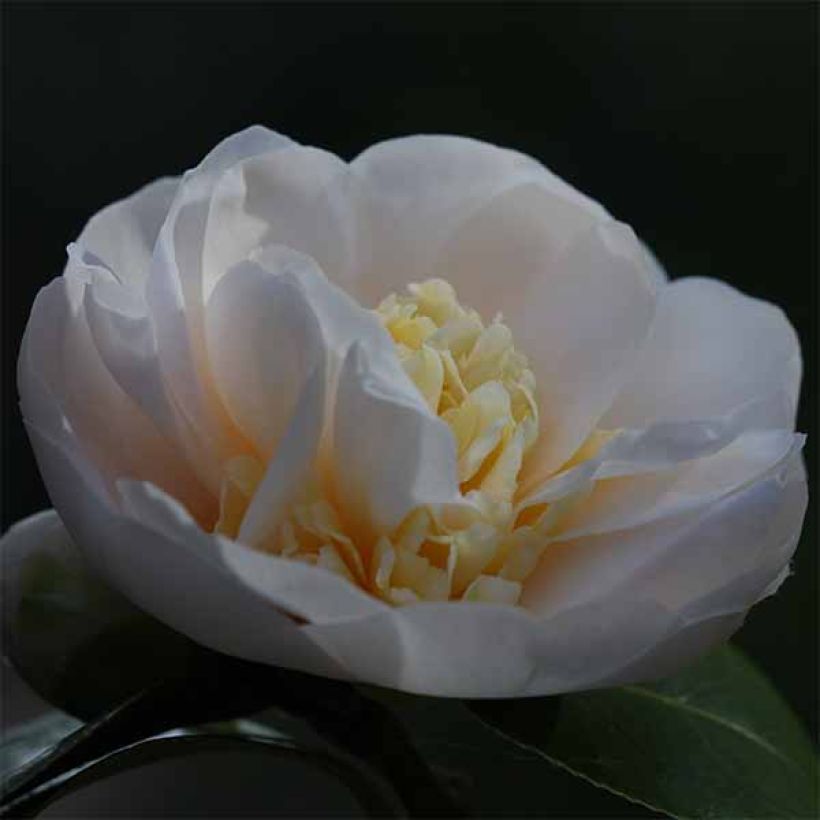

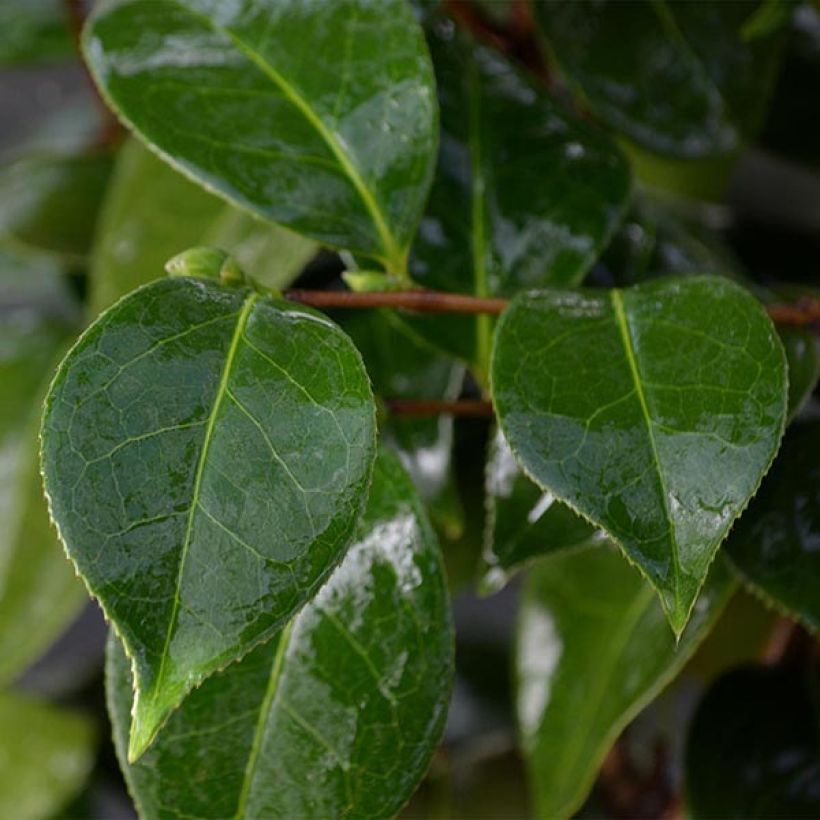

Plant habit
Flowering
Foliage
Botanical data
Camellia
Botanyuki
Theaceae
Japanese Camellia, Rose of winter
Cultivar or hybrid
Other Traditional Camellia
Planting and care
Camellia Botanyuki can be placed in a fairly shady spot, sheltered from cold and drying winds. It can be grown in full sun, but the roots must stay cool. Plant in moist, humus-rich, acidic, and well-drained soil. Do not plant the bush too deeply; the top of the root ball should be covered with 3 cm (1.2 in) of soil. In winter cover it with a 5 to 7 cm (2 to 3 in) thick mulch made of leaf compost and crushed bark. Beware of late frosts that can damage the flowers and buds. Water during dry periods to prevent the bush dropping its flower buds. It is recommended to plant camellias in the autumn to promote good rooting and better flowering from the first year. Possible diseases include chlorosis caused by excessive limestone, brown spots caused by burns on south-facing leaves, sooty mould, scale insects, and weevils.
Planting period
Intended location
Care
- , onOrder confirmed
Reply from on Promesse de fleurs
Evergreen shrubs
Haven't found what you were looking for?
Hardiness is the lowest winter temperature a plant can endure without suffering serious damage or even dying. However, hardiness is affected by location (a sheltered area, such as a patio), protection (winter cover) and soil type (hardiness is improved by well-drained soil).

Photo Sharing Terms & Conditions
In order to encourage gardeners to interact and share their experiences, Promesse de fleurs offers various media enabling content to be uploaded onto its Site - in particular via the ‘Photo sharing’ module.
The User agrees to refrain from:
- Posting any content that is illegal, prejudicial, insulting, racist, inciteful to hatred, revisionist, contrary to public decency, that infringes on privacy or on the privacy rights of third parties, in particular the publicity rights of persons and goods, intellectual property rights, or the right to privacy.
- Submitting content on behalf of a third party;
- Impersonate the identity of a third party and/or publish any personal information about a third party;
In general, the User undertakes to refrain from any unethical behaviour.
All Content (in particular text, comments, files, images, photos, videos, creative works, etc.), which may be subject to property or intellectual property rights, image or other private rights, shall remain the property of the User, subject to the limited rights granted by the terms of the licence granted by Promesse de fleurs as stated below. Users are at liberty to publish or not to publish such Content on the Site, notably via the ‘Photo Sharing’ facility, and accept that this Content shall be made public and freely accessible, notably on the Internet.
Users further acknowledge, undertake to have ,and guarantee that they hold all necessary rights and permissions to publish such material on the Site, in particular with regard to the legislation in force pertaining to any privacy, property, intellectual property, image, or contractual rights, or rights of any other nature. By publishing such Content on the Site, Users acknowledge accepting full liability as publishers of the Content within the meaning of the law, and grant Promesse de fleurs, free of charge, an inclusive, worldwide licence for the said Content for the entire duration of its publication, including all reproduction, representation, up/downloading, displaying, performing, transmission, and storage rights.
Users also grant permission for their name to be linked to the Content and accept that this link may not always be made available.
By engaging in posting material, Users consent to their Content becoming automatically accessible on the Internet, in particular on other sites and/or blogs and/or web pages of the Promesse de fleurs site, including in particular social pages and the Promesse de fleurs catalogue.
Users may secure the removal of entrusted content free of charge by issuing a simple request via our contact form.
The flowering period indicated on our website applies to countries and regions located in USDA zone 8 (France, the United Kingdom, Ireland, the Netherlands, etc.)
It will vary according to where you live:
- In zones 9 to 10 (Italy, Spain, Greece, etc.), flowering will occur about 2 to 4 weeks earlier.
- In zones 6 to 7 (Germany, Poland, Slovenia, and lower mountainous regions), flowering will be delayed by 2 to 3 weeks.
- In zone 5 (Central Europe, Scandinavia), blooming will be delayed by 3 to 5 weeks.
In temperate climates, pruning of spring-flowering shrubs (forsythia, spireas, etc.) should be done just after flowering.
Pruning of summer-flowering shrubs (Indian Lilac, Perovskia, etc.) can be done in winter or spring.
In cold regions as well as with frost-sensitive plants, avoid pruning too early when severe frosts may still occur.
The planting period indicated on our website applies to countries and regions located in USDA zone 8 (France, United Kingdom, Ireland, Netherlands).
It will vary according to where you live:
- In Mediterranean zones (Marseille, Madrid, Milan, etc.), autumn and winter are the best planting periods.
- In continental zones (Strasbourg, Munich, Vienna, etc.), delay planting by 2 to 3 weeks in spring and bring it forward by 2 to 4 weeks in autumn.
- In mountainous regions (the Alps, Pyrenees, Carpathians, etc.), it is best to plant in late spring (May-June) or late summer (August-September).
The harvesting period indicated on our website applies to countries and regions in USDA zone 8 (France, England, Ireland, the Netherlands).
In colder areas (Scandinavia, Poland, Austria...) fruit and vegetable harvests are likely to be delayed by 3-4 weeks.
In warmer areas (Italy, Spain, Greece, etc.), harvesting will probably take place earlier, depending on weather conditions.
The sowing periods indicated on our website apply to countries and regions within USDA Zone 8 (France, UK, Ireland, Netherlands).
In colder areas (Scandinavia, Poland, Austria...), delay any outdoor sowing by 3-4 weeks, or sow under glass.
In warmer climes (Italy, Spain, Greece, etc.), bring outdoor sowing forward by a few weeks.

